Crafting Effective Lead Lists in 3 Simple Steps
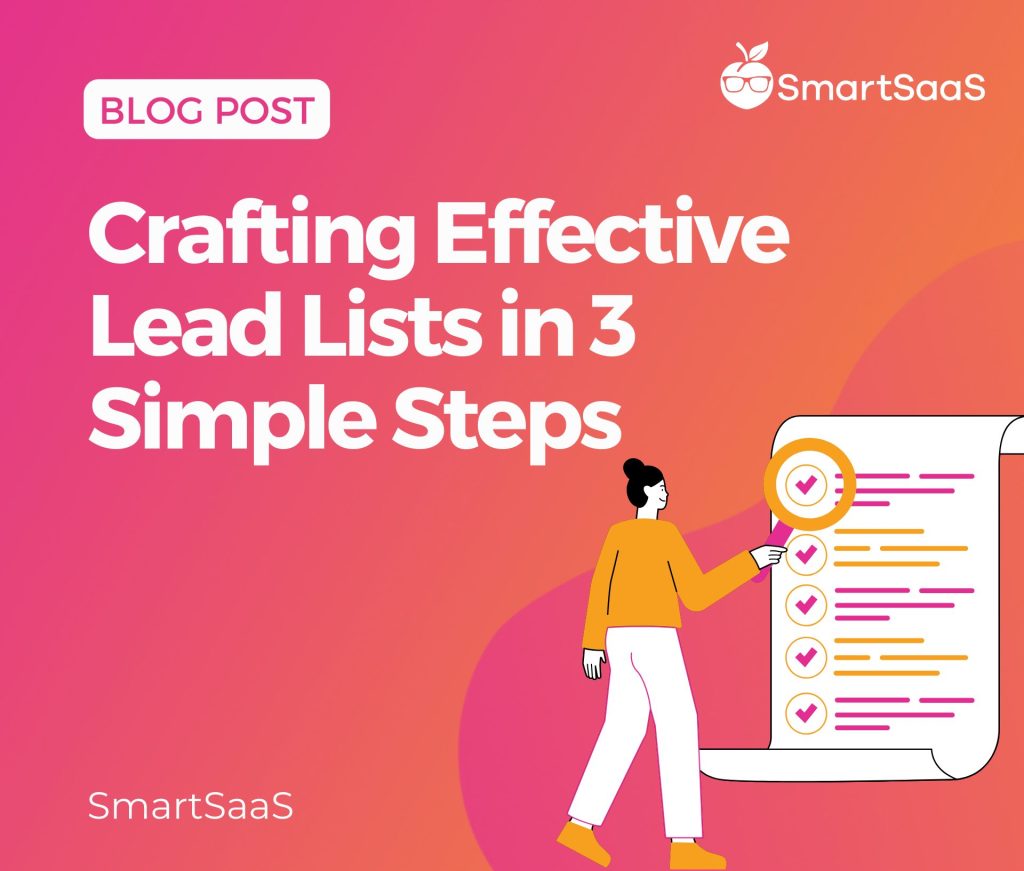
Imagine having a targeted lead list that not only works but drives tangible results for your business. Crafting such a list isn’t easy. It demands effort and attention to detail. Hours could be spent scouring various sources only to end up with dead-end leads. However, a well-curated lead list tailored to your specific buyer personas can be a game-changer. It serves as the fuel for a thriving sales pipeline and facilitates efficient outreach strategies. But how exactly can you build such invaluable lists?
What’s a Lead List?
A lead list is a collection of prospect contact information that aligns with your ideal customer profile (ICP). Lead lists can contain crucial information like:
- Contact’s full name
- Job title
- Company name
- Phone number
- Email addresses
Why Do You Need a Lead List?
A lead list accelerates customer acquisition. Rather than starting from scratch, you have a database of essential information to connect with potential new customers quickly.
You need a list for outbound lead generation activities, like cold calling and emailing, with all the necessary details to address prospects.
It lets your sales reps personalize messaging by a prospect’s role, industry, and tech stack. The richer the data, the more relevant and effective calls and emails become. High-quality lead lists generate increased sales conversations and opportunities.
Lead lists help you tap into new pipelines and scale customer outreach in a much more efficient, focused manner.
Defining Your ICP through Buyer Personas
The first step in building an effective lead list is defining your ideal customer profile (ICP) through buyer personas. Your lead list is only as good as how closely it aligns with the attributes of your best-fit prospects.
To understand how to build an accurate ICP, let’s first define it.
What’s an ICP?
An ICP describes your perfect customer. It outlines the characteristics of the companies and people most likely to buy your product or service.
Creating one helps your marketing and sales teams focus on the accounts with the highest potential to become c
ustomers. Rather than targeting everyone, you can prioritize the best prospects.
ICP characteristics can include:
- Budget – What is the minimum budget a customer needs to pay for your offering?
- Industry – What market segments or verticals are a good fit?
- Location – Are there regions you do not serve?
- Legal – Are there age or government restrictions?
- Product – Can you meet specific customer demands or requirements?
Defining these attributes helps distinguish good-fit prospects from poor-fit prospects. With an ICP, you can ensure your sales team spends time speaking with leads that match your best customer criteria.
Creating a Buyer Persona
A buyer persona is a semi-fictional representation of your ideal customers based on research into their demographics, goals, motivations, and challenges.
Taking your ICP, you must outline specific profiles, including fictitious names and job titles representing your ideal customers.
Creating detailed buyer personas requires thoroughly researching your current, successful customers. Analyze common patterns across the companies and roles that purchase from you frequently.
Some information to identify in your persona includes:
- Firmographic – Details like company size, industry, location, and revenue range help qualify or disqualify prospects. Only target leads matching your ideal firmographics.
- Demographic – Age, job title, income, education, family status, etc.
- Psychographic – Lifestyle, goals, needs, values, habits, etc. Align messaging to showcase how you help prospects achieve goals and overcome challenges.
- Behavioral – Additionally, assess behavioral attributes like readiness to buy, purchase history, product use, and satisfaction.
- Geographic – City, region, country, etc.
Clear buyer personas make your lead list segmentation and sales outreach more effective.
Detailed personas essentially serve as filters to build lead lists containing your prime prospects. It transforms outreach from guesswork to a targeted effort with the highest potential ROI.
3 Approaches to Create Your Lead List
Generating leads is critical for driving business growth. But simply having an extensive list of names and contact info isn’t enough.
The most effective lead lists target highly qualified prospects likely to convert to customers. It requires a strategic approach to identify, segment, and pursue your ideal buyers.
There are three approaches to actually building out your lead list:
1. Build Internally
Leveraging your contacts and networks is an excellent way to start lead list development, especially if you’re just beginning lead generation efforts or operating in a small niche.
Here’s how to do it:
Leverage Your Own Network
Compile a list of relevant connections from your employees’ networks, including professional contacts on platforms like LinkedIn.
Run targeted searches on LinkedIn based on your ICP criteria like location, company size, and job title. Reach out to connections for introductions to prospects that fit your persona.
Check the connections of your leadership team. Executives likely have networks of qualified prospects to engage.
Use Your Existing Customers
Ask current customers for introductions to others in their network who may benefit from your solution. Offer incentives for valuable referrals.
Notify customers of case studies, events, or content they could share with peers. Provide social posts or emails they can easily forward.
Asking for referrals can help you build an initial list with little investment. However, this approach can be limiting for scaling your pipeline.
2. Outsource Lead List Development
For larger lead list needs, many companies outsource the lead list compilation process to freelance contractors or specialized agencies.
These services use automated tools and manual research to identify and verify contact info for prospects that match your ideal customer profile.
This can be much more efficient and cost-effective than purchasing lists upfront. Outsourced providers can also help scrub and enrich lists with missing or updated data.
However, to make outsourcing work, you need clear guidelines, constant monitoring, and patience in resolving hiccups.
Here are some pros and cons of outsourcing:
Pros
- Save time and money
- Focus on your core business activities
- Access to expert knowledge
- Scalability
- Faster results
Cons
- Closely managing external providers takes a heavy time investment
- Must provide extremely detailed instructions and guidelines
- Hard to verify the quality of outsourced lead lists
- Data may not fully align with your ideal customer profile
3. Buy Lead Lists
Purchasing leads from specialized B2B sales & marketing databases is the most popular way of getting a lead list. It allows you to instantly obtain a large volume of prospects within your target market.
However, buying lists can be costly, especially for getting quality data with custom segmentation and filters.
Paid tools like ZoomInfo, Uplead, LinkedIn Sales Nav, and Slintel offer extensive B2B data and list filtering capabilities.
But the tradeoff is high cost and quantity over quality of leads.
To maximize value when purchasing lead list databases:
- Thoroughly vet providers on data accuracy and enrichment
- Prioritize leads with direct contact info like email and phone numbers
- Only pay for freshly updated contacts, such as new leads each month
- Request samples and inspect data quality before licensing lists
- Start small to test response rates before buying in bulk
Tips for Expanding and Optimizing Lead Lists
Lead list building is not a one-time activity. To fuel a growing pipeline, you need to continually add fresh prospects that match your ideal customer profile.
Here are some tips for expanding and optimizing your lists over time:
1. Set Up Automated Alerts and Triggers
Setting alerts helps you identify and capture new prospects that exhibit vital attributes, like new funding rounds, executive hires, mergers & acquisitions, etc. Use tools like Google Alerts, Mention, and Crunchbase.
2. Build Opt-in Email Lists
Do so by offering gated content in exchange for contact info. Publish helpful content like ebooks, whitepapers, and webinars that appeal to your personas.
3. Buy New Lists
Purchase additional lists periodically to tap new prospects in your market. But carefully evaluate list quality and prioritize accuracy, segmentation, and data enrichment.
4. Refresh Data on Your CRM
Load your existing CRM with new leads from events, webinars, referrals, and other lead gen activities. Continuously enrich your data by adding missing contact info, titles, and other firmographic details.
Monitor lead list performance and optimize based on response rates. Nurture and re-engage unresponsive leads. But also scrub outdated contacts over time.
Following these best practices will ensure a strong, continually refreshed pipeline of quality prospects to fuel your sales engine. But focus on precision over quantity – the best lead lists are highly targeted.
To Wrap Things Up
In conclusion, constructing an effective lead list serves as the cornerstone of any prosperous lead generation strategy. You can significantly enhance sales efficiency by meticulously defining your target customer profile, assessing various lead list-building methods, and consistently refining and enriching your data. Prioritize precision targeting and customization in your lead list development process. Equipping your sales team with the right prospects empowers them to engage in meaningful conversations and convert more leads into loyal customers. While crafting thoughtful lead lists requires dedication and effort, its dividends in enhanced conversions and revenue growth are undeniable.

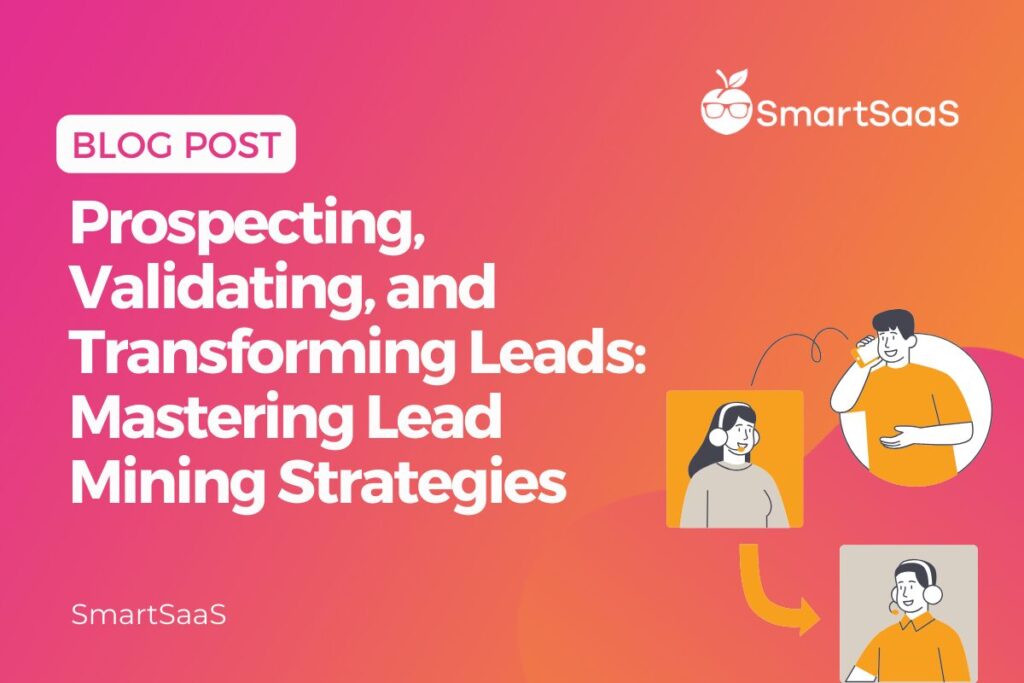
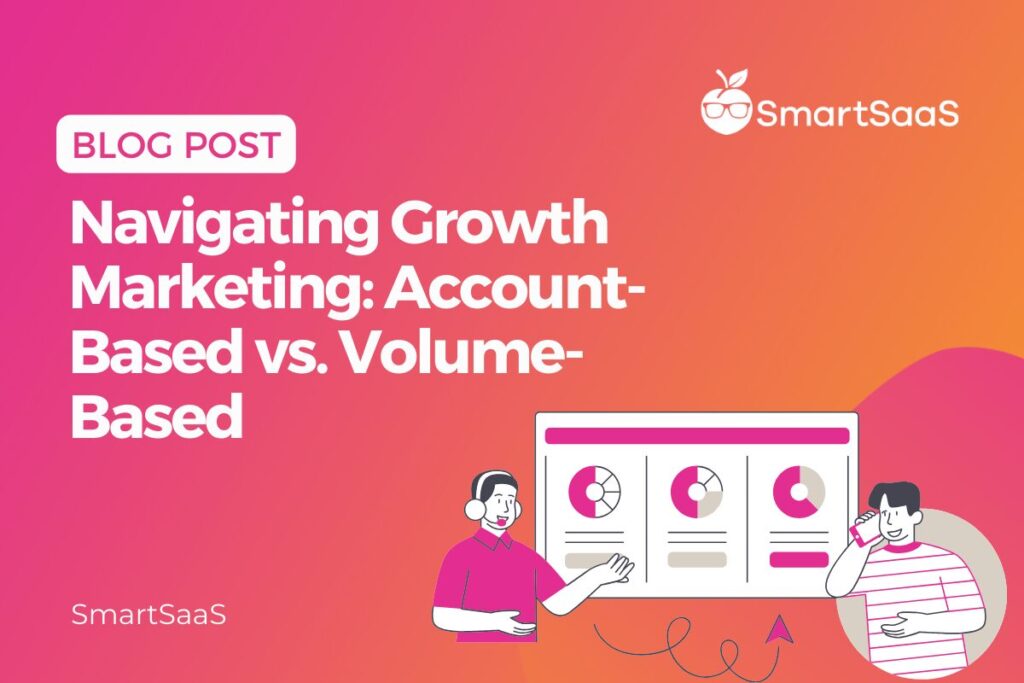

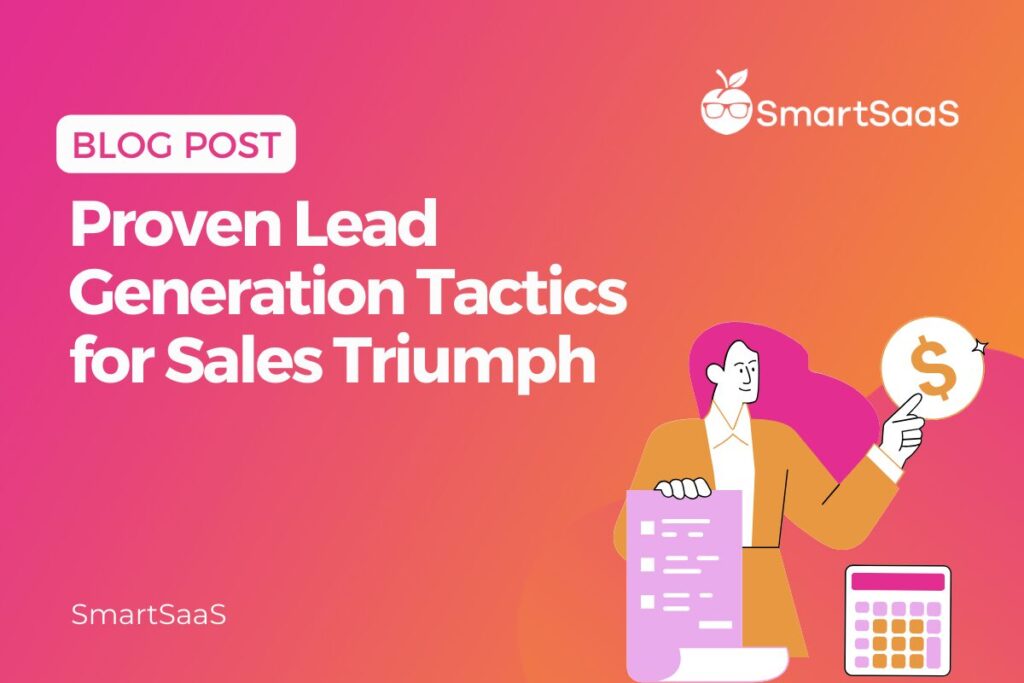
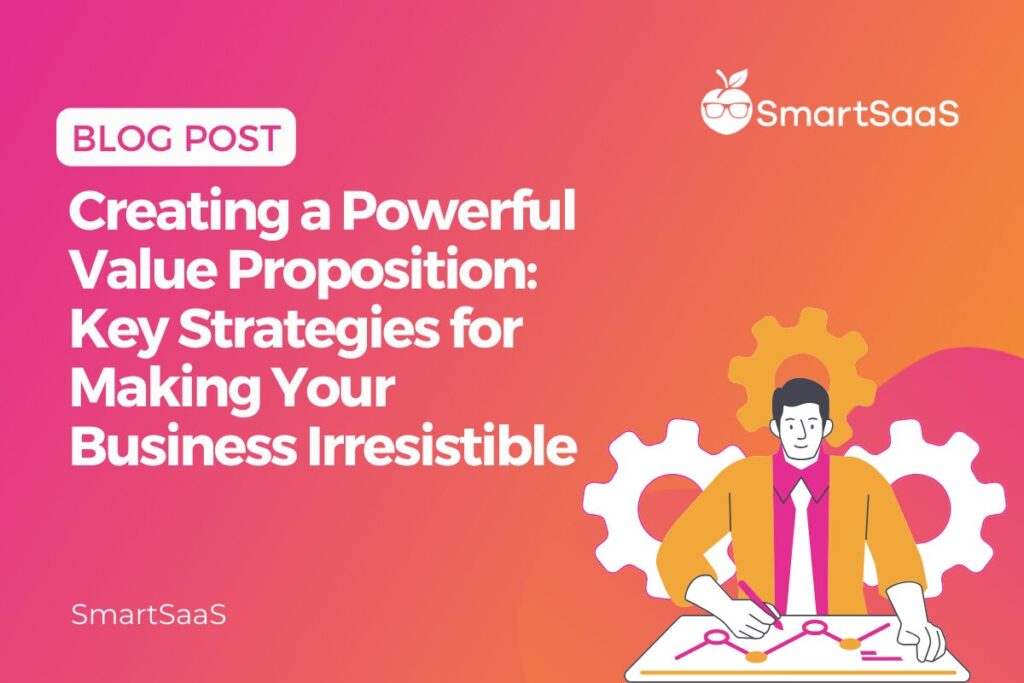
Responses